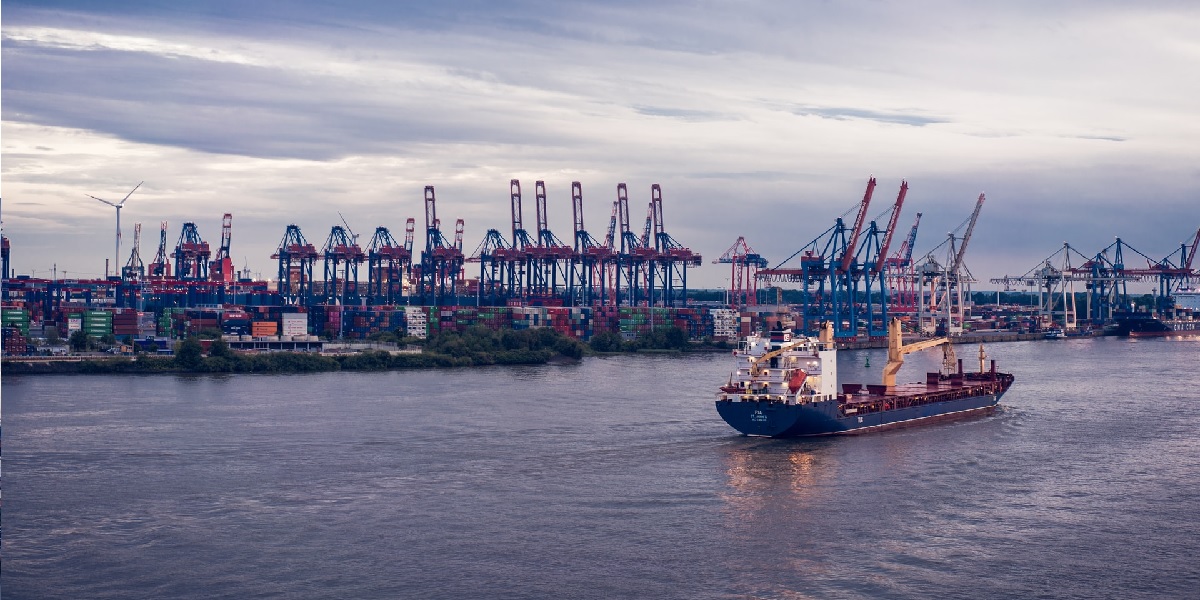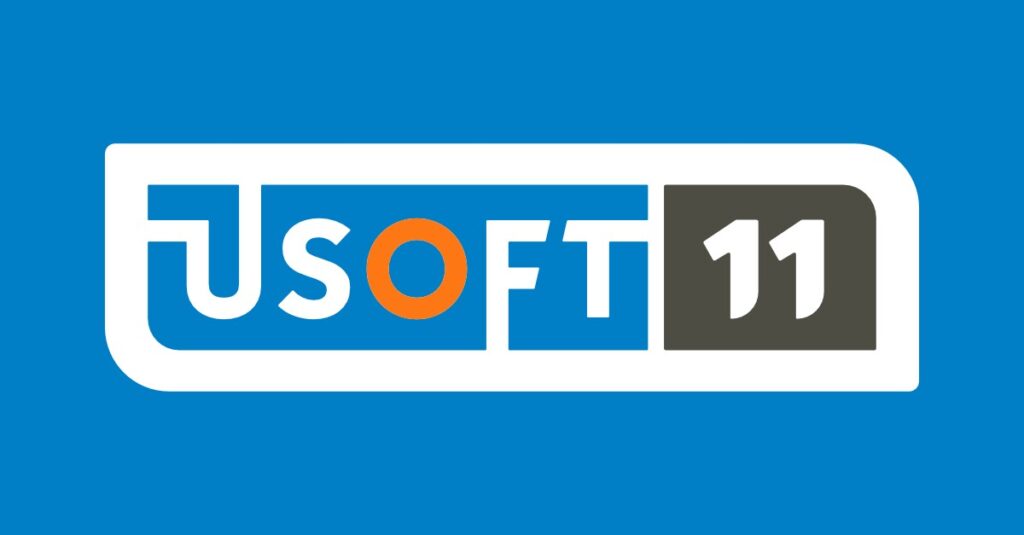The need to manage the chain better is growing. In order to maintain the so-called Act-Now economy, which is driven by just-in-time, in turbulent times with major disruptions, we need to look at data sharing in the chain in a completely different way.
Every production company and every wholesaler will recognize the problem: the organization may have optimized its ‘islands’ such as purchasing, production or the warehouse, but there is still much to be gained in the internal supply chain if the end-to-end impact of decisions is made clearer. If you also involve external links in the supply chain, such as suppliers, customers and logistics service providers, then even greater improvements are on the horizon. We have known this for years, but in terms of IT it has always been extremely complex to facilitate end-to-end chain insight.
Necessity of chain integration

At the same time, the need to manage the chain better is becoming greater and greater. In the first corona wave we clearly saw how chains that had their information exchange in good order functioned better than chains in which customers and suppliers each went their separate ways. Chains that were well coordinated reacted earlier to the lock-downs in various countries and were the first to make agreements with alternative suppliers in countries where factories were still open. While some politicians cried out that we, as the Netherlands, had to build up production capacity and stocks ourselves – for example in the field of mouth guards and gloves for the healthcare sector – logisticians know better. The costs of this strategy are so high that you price yourself right out of the market when the situation returns to normal.
Chains with good coordination reacted earlier to the lock-downs in different countries and were the first to make arrangements with alternative suppliers in countries where factories were still open.
Don’t automate the process, but the business rules
The question is, of course: how can you still maintain the so-called Act-Now economy, which is driven by just-in-time, in turbulent times with major disruptions? The answer: by looking in a completely different way at how we share data in the chain and how we make joint supply chain decisions.
APIs
So far we have seen two currents. The ‘all-in-one’ movement shouts: buy all your systems from the same vendor, because then you’ll be rid of all your integration problems. The ‘best-of-breed’ movement says: with APIs it’s getting easier and easier to build integrations, so what’s stopping you from choosing the systems with the best functionality?
Business rules
A third movement is now emerging that says: don’t try to capture the process from A to Z in business software, but use business rules. These rules focus on the value you want to create. The process and the underlying systems such as ERP and WMS are about the execution of those rules, about the way to get there. That implementation can vary according to the value you want to create.
Intelligence layer with business rules
Okay, this sounds abstract, so let’s make it concrete by looking at a company’s internal supply chain. Making good decisions requires that all applications that process supply chain data share their data, from demand planning and CRM to ERP and WMS. You can have those systems talk to each other directly through links, but you can also develop a big “power strip” that they plug into. And not in the form of a plug-in Service Oriented Architecture, which was hot in the early years of this century. But an intelligence layer with business rules that determine what happens.
Capture characteristics in business rules
As an example, let’s take a logistics provider who distributes food to small food retailers in Amsterdam. In his process he has to deal with many characteristics. Characteristics of the product (shelf life, temperature), characteristics of the delivery location (width of the street or the unloading point, environmental zones, congestion in an area), of the means of transport (dimensions of a truck, available loading space, CO2 emissions), of customers (time windows in which they can receive deliveries, any return flows they want to include). With business rules you can indicate which characteristics are of greater decisive importance than others. Next, you can let software calculate the most optimal means of transport and routes and the best times to drive.
Easily adjust your strategy
The great advantage of such an approach is that the logistics service provider can very easily change its strategy without having to make adjustments to the underlying systems. For example, if sustainability becomes more important than delivery at the customer’s convenience, then the logistics service provider adjusts the business rules and efficient routes and CO2 emissions of vehicles are given more weight than delivery windows that the customer can choose or the price of an individual trip. It also becomes easier to optimize your planning in rapidly changing circumstances because the business rules determine what you deliver to which customer via which vehicle and when. Not the process optimized for a particular scale.
The major advantage of such an approach is that the logistics provider can very easily change its strategy without having to make adjustments to the underlying systems.
Christmas rush: complexity for supply chain
In our example, suppose the demand planning system predicts that demand at Christmas will be 25% higher across the board. Of course, the sales surplus varies by store and by product category. So the Christmas rush impacts all aspects of the supply chain, from order sizes and order delivery dates to how the trucks driving to customers are loaded. To cope with the rush, the logistics provider will have to temporarily adjust all processes, from inventory planning to delivery dates and routes. For humans, it is impractical to make the right decisions in this complexity and with these extremely large amounts of data. But for a rule-based intelligence layer, it is a cinch to optimize the supply chain in these greatly altered conditions.
Real-time control of complex chains
The intelligence layer also sees immediately if there is a disruption somewhere in the process, for example, if a supplier announces that a delivery has been delayed. The rule-based software can also immediately calculate the impact of this disruption on all the underlying processes and determine the next step: if a delivery from supplier A is delayed, I want this and this to happen fully automatically (decision automation) and I want this and these people to be notified because I do not yet want to automate the decisions they take, but only provide them with decision support.
Connection

This means that you can start controlling chains in real time. You don’t have to wait until the effect of a disruption is clear, but intervene the moment you see that something is happening that will cause a disruption. The further back you can look in the chain – also to tier 2 and tier 3 – the better your control will be. That does mean that you will also have to link the systems of chain partners to your ‘intelligent socket’. But that is not a problem from a technological point of view. It’s just a matter of putting a virtual plug in the socket. That only makes sense if business rules are also created that relate to the systems being added, and that’s where the work goes.
Develop agile and in low-code
Now I hear you say: great, but how much time does it take to develop such an intelligent multiple socket and how many resources do I have to free up internally for this? That’s not so bad, because it can also be done in low-code. The technological side is very simple. Success is determined by the quality of the business rules you write. You have to free up internal process experts and domain experts to tell you how the process works and what business rules underlie it. It is obviously a lot of work to provide your entire end-to-end supply chain with transparency and intelligence in this way. But the advantage is: you can very easily adopt an agile “grow as you go” approach. Start with the biggest bottlenecks and then expand your ruleset and the number of data sources you link step by step. In this way you can innovate risk-free, because your underlying system landscape does not change. You only add business rules on the basis of which you can make smarter decisions to optimize your process from A to Z.
Success is determined by the quality of the business rules you write.
This blog was also posted on Logistiek.nl on December 16, 2020.




